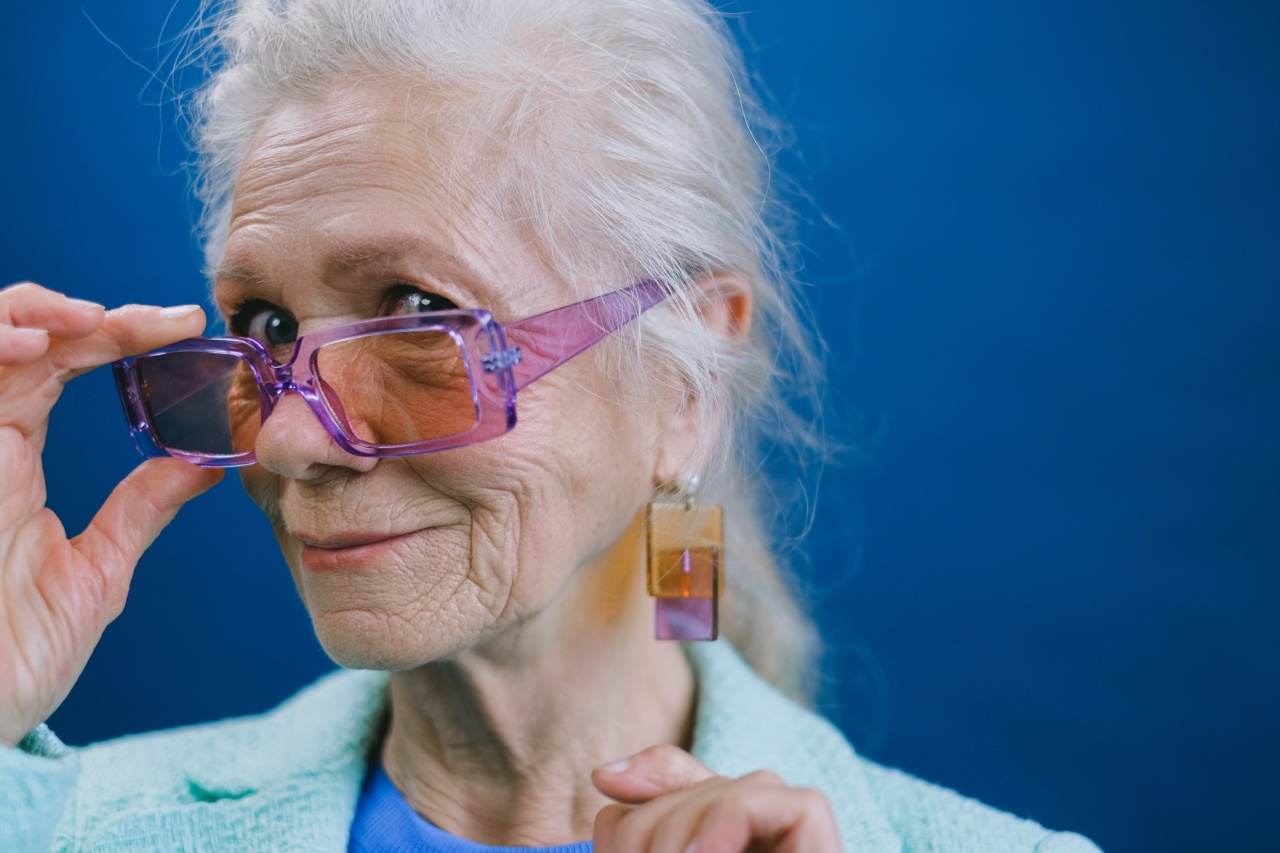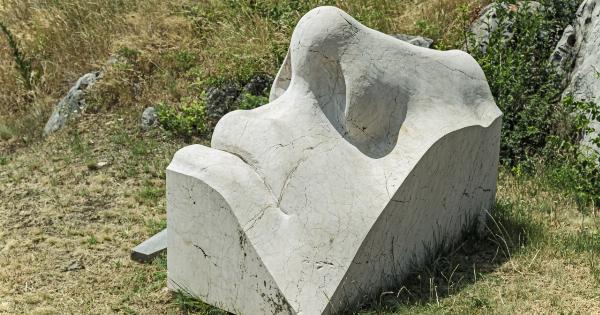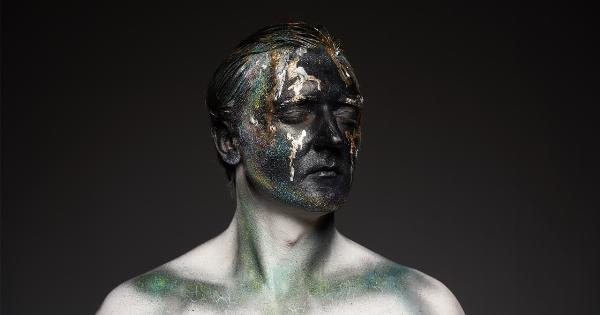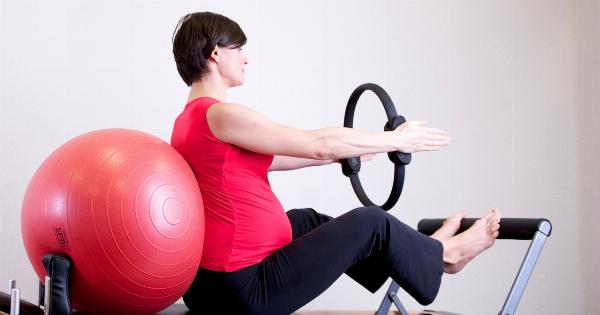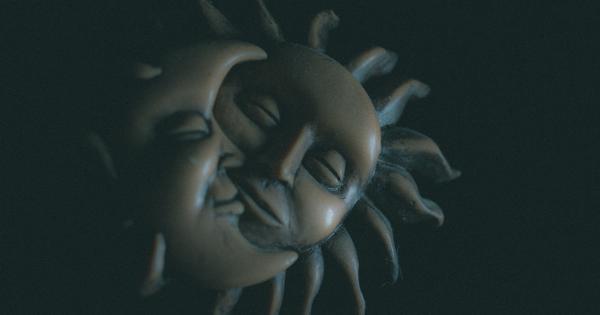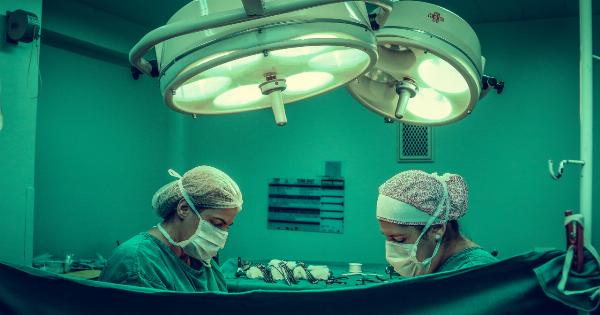Rhinoplasty, commonly known as a nose job, is a surgical procedure that is performed to reshape or resize the nose.
It is a popular cosmetic surgery option for individuals seeking to improve their facial appearance or address functional issues related to the nose.
Why Consider Rhinoplasty?
There are several reasons why individuals opt for rhinoplasty:.
- Cosmetic Enhancement: Many people are dissatisfied with the shape or size of their nose. Rhinoplasty can help individuals achieve a more balanced and harmonious facial profile by reshaping their nose according to their desired aesthetic goals.
- Correction of Structural Issues: Some individuals may have structural issues with their nose, such as a deviated septum or nasal asymmetry. Rhinoplasty can address these issues and improve breathing and overall nasal functionality.
- Trauma or Injury: Accidents or injuries can result in nasal deformities. Rhinoplasty can help restore the appearance and function of the nose for individuals who have experienced trauma.
The Benefits of Rhinoplasty
Rhinoplasty can provide a range of benefits to individuals:.
- Improved Facial Harmony: By reshaping the nose, rhinoplasty can improve the overall balance and proportion of the face, enhancing the individual’s facial harmony and attractiveness.
- Boost in Self-Confidence: Many individuals have self-esteem issues related to the appearance of their nose. Rhinoplasty can boost self-confidence and help individuals feel more comfortable and satisfied with their overall appearance.
- Enhanced Breathing: For individuals with structural issues or blocked airways, rhinoplasty can improve nasal airflow and enhance breathing, leading to better overall quality of life.
- Correction of Birth Defects or Trauma: Rhinoplasty can correct birth defects or address nasal deformities caused by trauma, improving both the aesthetics and functionality of the nose.
- Long-Lasting Results: The results of rhinoplasty are usually permanent, offering individuals a lasting improvement in their appearance and self-confidence.
Preparing for Rhinoplasty
Prior to undergoing rhinoplasty, it is important to prepare yourself both physically and mentally for the procedure. Here are a few tips to keep in mind:.
- Choose a Qualified Surgeon: Make sure to choose a board-certified plastic surgeon with extensive experience in performing rhinoplasty. Research their credentials, check before-and-after photos, and read patient reviews to ensure you are in capable hands.
- Have Realistic Expectations: It is essential to have realistic expectations about the outcome of the procedure. Consult with your surgeon to discuss what can and cannot be achieved through rhinoplasty.
- Quit Smoking: If you are a smoker, it is advised to quit smoking well in advance of the surgery. Smoking can interfere with the healing process and increase the risk of complications.
- Follow Preoperative Instructions: Your surgeon will provide you with specific instructions to follow before the surgery. This may include avoiding certain medications, fasting before the procedure, or arranging for someone to drive you home after surgery.
The Rhinoplasty Procedure
The rhinoplasty procedure typically involves the following steps:.
- Anesthesia: The surgery can be performed under general anesthesia or local anesthesia with sedation, depending on the complexity of the procedure and the surgeon’s preference.
- Incisions: The surgeon will make discreet incisions either inside the nostrils or across the base of the nose, known as an open rhinoplasty. The choice of technique depends on the specific goals of the surgery.
- Reshaping the Nose: The surgeon will then reshape the underlying structures of the nose by removing or adding cartilage and bone as necessary to achieve the desired result. They may also alter the nostrils or adjust the nasal tip.
- Closure: The incisions will be closed using sutures, and any external incisions will be carefully hidden to minimize visible scarring.
- Recovery: After the surgery, patients are typically monitored in a recovery room before being discharged. It is normal to experience swelling, bruising, and mild discomfort, which can be managed with pain medication prescribed by your surgeon.
Wearing Glasses after Rhinoplasty
One common concern among individuals who wear glasses is how rhinoplasty may impact their ability to wear glasses comfortably. Here are a few considerations:.
- Temporary Adjustments: After rhinoplasty, you may need to make temporary adjustments in how you wear your glasses to accommodate for swelling and healing. Your surgeon will provide specific instructions on how long to wait before wearing glasses again.
- Possible Nosepad Modifications: Nose pads can add pressure on the healing nose, potentially causing discomfort or changes to the results. Your surgeon may recommend using alternative methods to support your glasses, such as taping them to your forehead or using a glasses strap.
- Consult with Your Surgeon: It is important to consult with your surgeon regarding any concerns about wearing glasses post-rhinoplasty. They will guide you on when it is safe to wear your glasses as normal and provide personalized advice based on your individual healing process.
Potential Risks and Complications
Like any surgical procedure, rhinoplasty does carry some risks. These can include:.
- Infection: In rare cases, an infection may develop at the incision site, requiring medical attention.
- Bleeding: Some bleeding is normal immediately after surgery, but excessive or prolonged bleeding may require further treatment.
- Scarring: While efforts are made to minimize visible scarring, some scarring is inevitable. However, most incisions are strategically placed to be discreet and fade over time.
- Changes in Sensation: Temporary or permanent changes in sensation or numbness around the surgical site may occur.
- Unsatisfactory Results: In some cases, the final aesthetic outcome may fall short of expectations. Revision surgery may be necessary to achieve the desired result.
Postoperative Care and Recovery
Proper postoperative care plays a crucial role in ensuring a smooth recovery and optimal results. Below are some general tips for the recovery period:.
- Follow Your Surgeon’s Instructions: It is vital to carefully follow all postoperative instructions provided by your surgeon regarding wound care, medication, activity restrictions, and follow-up appointments.
- Manage Discomfort and Swelling: Apply cold compresses to the treated area to help reduce swelling and minimize discomfort. Avoid any activities that can increase blood flow to the face, such as intense physical exercise or bending over.
- Rest and Sleep with Elevated Head: Sleeping with your head elevated on several pillows can help reduce swelling and improve the healing process. It is recommended to sleep on your back to avoid putting pressure on the nose.
- Avoid Sun Exposure and Certain Activities: Protect your nose from prolonged sun exposure for several weeks following your surgery. Avoid activities that can risk injury to the nose, such as contact sports or anything that may result in accidental trauma.
- Patience is Key: It takes time for the swelling to fully subside and for the final results of the surgery to become apparent. Be patient and allow your body to heal naturally.
Consultation with a Rhinoplasty Specialist
If you are considering rhinoplasty to improve your facial appearance or address functional issues with your nose, it is essential to schedule a consultation with a board-certified plastic surgeon who specializes in rhinoplasty.
During the consultation, you can discuss your goals, ask any questions you may have, and learn more about the procedure and what it entails.
Conclusion
Rhinoplasty can be a life-changing procedure that not only transforms your appearance but also boosts your self-confidence.
If you are unhappy with the shape, size, or functionality of your nose, consult with an experienced rhinoplasty specialist to explore your options. With careful preparation, realistic expectations, and proper postoperative care, you can achieve the nose you desire and enjoy long-lasting results that harmonize with your facial features.
